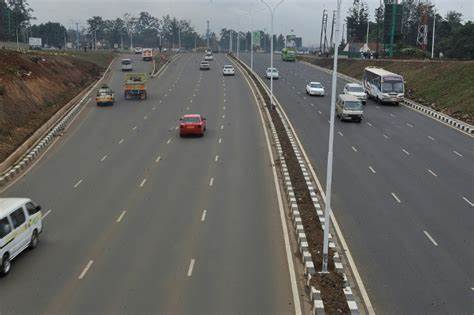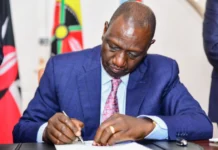The government is planning to build a 482-kilometer expressway connecting Nairobi and Mombasa.
A task force has already presented a pre-feasibility study report on the findings of the four-lane Nairobi-Mombasa Expressway construction.
The Korean Overseas Infrastructure & Urban Development Corporation Africa (KIND) conducted the study in collaboration with the Ministry of Transport, Infrastructure, Housing, Urban Development, and Public Works, as well as the Kenya National Highways Authority (KeNHA).
This will be a Public-Private Partnerships (PPP) road project, similar to the 27-kilometer Nairobi Expressway.
The feasibility study focused on the project’s demand projections, traffic projections, and affordability projections.
The Nairobi-Mombasa Expressway is expected to run from Machakos to Mariakani, transforming the current two-lane highway into a four-lane highway.
Proposed Sections of the Nairobi-Mombasa Expressway Project
As part of Kenya’s Vision 2030, the Nairobi-Mombasa Expressway project was launched in September 2016.
The groundbreaking was supposed to take place in 2018, but it was pushed back to 2019.
It included the rehabilitation of the existing lanes as well as the construction of two additional lanes alongside the existing highway.
The planned dual carriage was to be divided into three major sections, the longest of which would stretch for 174 kilometers from Nairobi’s Jomo Kenyatta International Airport (JKIA) to Kibwezi in Makueni.
Another section was to run 132 kilometers between Kibwezi and Voi, and the third section was to run 160 kilometers between Voi and Mombasa.
It was to be divided into ten sections, including Mombasa-Mariakani, Mariakani-Maji ya Chumvi, Maji ya Chumvi-Bachuma Gate, Bachuma Gate-Mtito Andei, Mtito Andei-Sultan Hamud, Sultan Hamud-Machakos, Machakos-Athi River, and Athi River-JKIA.
Motorists were set to drive at speeds of up to 120km/h.
Over 2,573 jobs will be created annually during the project’s operation and maintenance once it begins.













